Top 15 Web Application Languages to Use in 2025 (+ Tips for Singapore Developers)
In today’s fast-moving digital world, the success of a project often hinges on one critical decision: choosing the right web application languages. Whether you’re building a simple content-driven site or a complex, real-time enterprise platform, the language you use will impact your app’s performance, scalability, development time, and even long-term maintenance costs.
In this guide, we walk you through the top 15 most popular web application languages to consider in 2025, explain the types of web app languages available (frontend, backend, database), and share practical tips to help Singapore-based teams make the best tech stack decisions for their needs. Let’s dive in.
Table of Contents
- What Are Web App Languages?
- Types of Web Application Languages
- Top 15 Popular Web Application Languages in 2025
- How to Choose the Right Language for Your Web App (+ Tips for Singapore Developers)
- Trends: What’s Next for Web Application Languages (2025-2030)?
- Why Choose Kaopiz for Web Application Development?
- Conclusion
- FAQs
What Are Web App Languages?
Web application languages are the programming, scripting, and markup languages used to build interactive websites and browser-based apps. These languages control everything from user interface design to backend logic and database communication.
In 2025, developers have more choices than ever, with tools ranging from traditional HTML/CSS to newer languages like Rust and Elixir optimized for performance and scalability.
Types of Web Application Languages
A typical web application is made up of three main components, each powered by specific types of languages:
- Frontend (Client-side) Languages – These control what users see and interact with in their browsers. Examples include HTML, CSS, and JavaScript.
- Backend (Server-side) Languages – These handle the logic, database operations, user authentication, and server-side functions. Common examples are Python, PHP, Java, Ruby, and Node.js.
- Database Languages – These are used to retrieve, update, and manage data. The most widely used include SQL and GraphQL.
Whether you’re developing a simple blog or a full-scale enterprise web app, choosing the right web application language is essential for ensuring performance, scalability, security, and developer productivity.
Top 15 Popular Web Application Languages in 2025
Wondering what languages are used for web applications? Here are the top web application languages in 2025, trusted by developers worldwide for building modern, scalable, and secure applications.
| Language | Type | Use Case Highlights | Popular Frameworks/Libraries |
|---|---|---|---|
| JavaScript | Frontend & Backend | Interactive UIs, SPAs, full-stack apps | React, Vue.js, Node.js, Express |
| TypeScript | Frontend & Backend | Scalable apps, large teams, enterprise frontends | Angular, NestJS, Next.js |
| HTML/CSS | Frontend (markup/style) | Page structure, styling, responsive layouts | Tailwind CSS, Bootstrap, Sass |
| Dart | Frontend | Cross-platform UIs, Flutter Web apps | Flutter |
| Python | Backend | APIs, AI-driven apps, dashboards | Django, Flask, FastAPI |
| Java | Backend | Enterprise apps, secure systems | Spring Boot, Jakarta EE |
| PHP | Backend | CMS platforms, eCommerce, web portals | Laravel, Symfony, CodeIgniter |
| C# | Backend | Enterprise solutions, Windows & cloud apps | ASP.NET Core, Blazor |
| Go (Golang) | Backend | Microservices, real-time systems, cloud APIs | Gin, Echo, Fiber |
| Ruby | Backend | MVPs, SaaS platforms, admin dashboards | Ruby on Rails, Sinatra |
| Kotlin | Backend | Java-based modernization, hybrid web/mobile backends | Ktor, Spring Boot |
| Swift | Frontend/Server-side | iOS/macOS apps, PWAs (via Wasm), server-side Swift | Vapor, SwiftUI |
| Rust | Backend & Wasm | Performance-critical systems, Wasm apps | Actix Web, Rocket, Yew |
| Elixir | Backend | Real-time apps, concurrent systems | Phoenix, LiveView |
| SQL/GraphQL | Database Query | Data manipulation, API-driven queries | PostgreSQL, MySQL, Apollo Server |
JavaScript
JavaScript remains one of the most essential and widely used web application languages in 2025. It powers nearly every modern website and web application by enabling dynamic, interactive user interfaces on the frontend, and with Node.js, it can also run server-side logic on the backend.
Thanks to its versatility, JavaScript is the foundation of popular frameworks like React, Vue.js, and Angular. It also supports PWAs, real-time communication, and rich single-page applications (SPAs). Whether you’re developing a startup MVP or an enterprise-grade system, JavaScript offers unmatched flexibility and community support.
- Use cases: Interactive user interfaces, full-stack apps (via Node.js), real-time chat, PWAs, SPAs
- Popular frameworks/libraries: React, Vue.js, Angular, Node.js, Express.js
TypeScript
TypeScript is a superset of JavaScript that adds static typing, making it easier to catch errors during development and build large-scale, maintainable applications. It compiles down to standard JavaScript, so it runs in any browser or JavaScript environment.
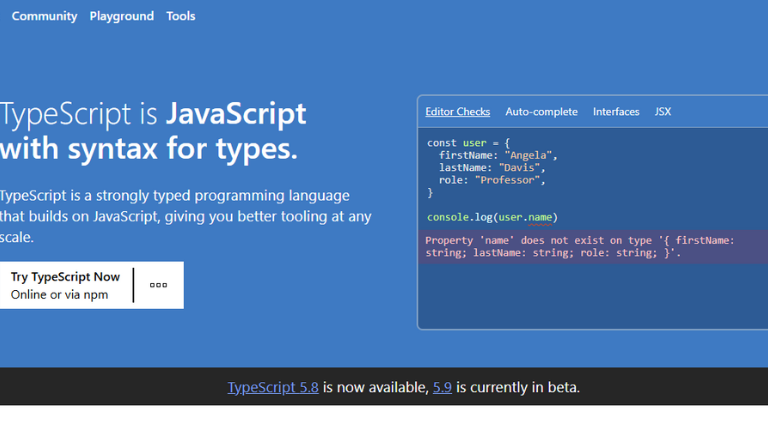
In 2025, TypeScript has become one of the best web application languages for enterprise and team-based development due to its improved tooling, better code quality, and seamless integration with modern frameworks like Angular, React, and NestJS. Many developers in Singapore’s fintech and SaaS sectors are now adopting TypeScript for its scalability and strong developer experience.
- Use cases: Enterprise applications, large-scale SPAs, backend services (with Node.js)
- Popular frameworks/libraries: Angular, React (with TypeScript), NestJS, Next.js
HTML/CSS
HTML (HyperText Markup Language) and CSS (Cascading Style Sheets) are the fundamental building blocks of all web applications. HTML structures the content on a webpage—headings, paragraphs, forms, buttons—while CSS defines how that content looks and behaves visually.
Modern CSS techniques like Flexbox, Grid, and media queries make it easier than ever to build responsive, mobile-friendly layouts. Tools like Tailwind CSS and Bootstrap help developers deliver polished, consistent designs faster.
- Use cases: User interface layout, responsive design, branding, and styling
- Popular frameworks/libraries: Tailwind CSS, Bootstrap, Sass, PostCSS
Dart (via Flutter Web)
Dart is an object-oriented programming language developed by Google, and it’s best known as the foundation of the Flutter framework. With Flutter Web, Dart enables developers to build cross-platform web applications that run smoothly on both desktop and mobile browsers from a single codebase.
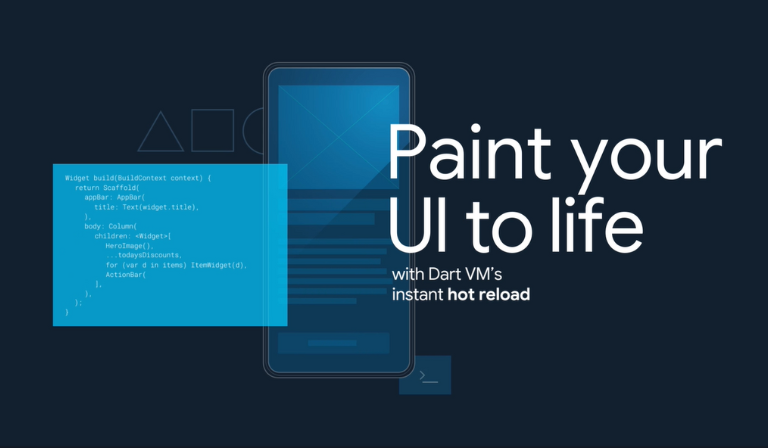
Currently, Dart is gaining traction for building highly interactive UIs and PWAs, especially among startups and companies seeking rapid development without compromising performance. Singapore’s growing mobile-first market makes Dart + Flutter Web a compelling progressive web app programming language.
- Use cases: PWAs, mobile-first SPAs, cross-platform frontends
- Popular frameworks/libraries: Flutter Web
Python
Python is one of the versatile, beginner-friendly web application languages widely used for backend web development. It is especially used in applications requiring rapid prototyping, data processing, or AI integration. With its clear syntax and rich ecosystem of libraries, Python remains a top choice for startups and tech companies alike.
Python continues to thrive thanks to popular web frameworks like Django and Flask, which simplify building secure, scalable web applications. It’s especially favored in sectors like fintech, edtech, and data-driven platforms—areas growing rapidly in markets like Singapore.
- Use cases: Backend APIs, AI-powered applications, admin dashboards, data processing
- Popular frameworks/libraries: Django, Flask, FastAPI
Java
Java is one of the powerful, object-oriented programming languages for web application development. Known for its robust performance, security, and scalability, it is a long-standing favorite for enterprise web applications. It runs on the Java Virtual Machine (JVM), ensuring cross-platform compatibility across systems.
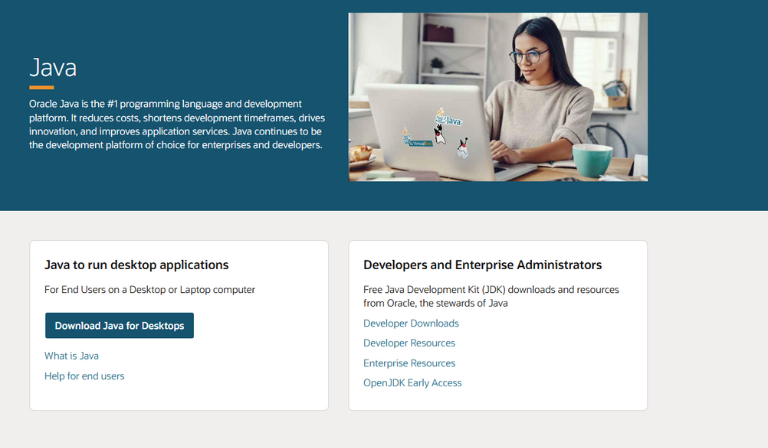
Now, Java remains widely used in banking, insurance, and government systems where stability and compliance are critical. Frameworks like Spring Boot streamline backend development, enabling developers to build high-performance, RESTful web services efficiently.
- Use cases: Enterprise web apps, financial systems, large-scale backend infrastructure
- Popular frameworks/libraries: Spring Boot, Jakarta EE, Hibernate
PHP
PHP is a widely used server-side scripting language designed specifically for web development. It powers millions of websites, including major platforms like WordPress, and remains relevant in 2025 thanks to its simplicity, large community, and mature ecosystem.
With modern frameworks like Laravel and Symfony, PHP is capable of building secure, scalable web applications quickly. It’s a cost-effective option for startups and SMEs, especially in Southeast Asia, where PHP talent is widely available.
- Use cases: Content management systems, e-commerce sites, custom web portals
- Popular frameworks/libraries: Laravel, Symfony, CodeIgniter
C#
C# (C-Sharp) is a versatile and powerful language developed by Microsoft, widely used for enterprise web applications and Windows-based solutions. With the ASP.NET Core framework, C# enables developers to build fast, secure, and scalable backend systems.
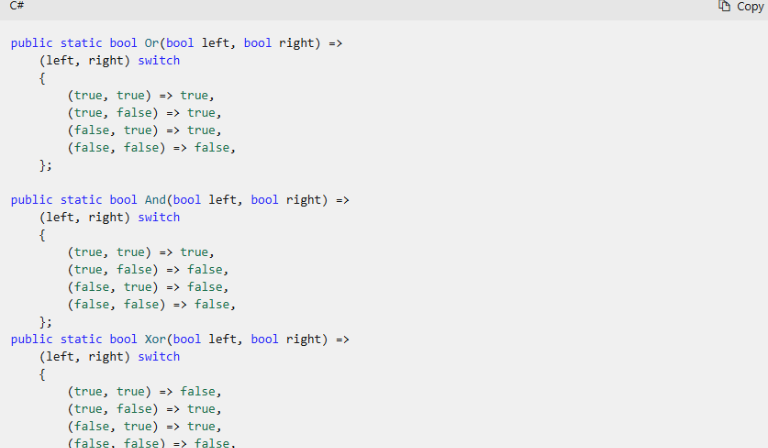
In 2025, C# remains a top choice for organizations in finance, healthcare, and government sectors due to its strong type safety, excellent performance, and seamless integration with Microsoft Azure cloud services. Its rich ecosystem makes it ideal for long-term, enterprise-grade projects.
- Use cases: Enterprise web apps, cloud-based systems, secure backend APIs
- Popular frameworks/libraries: ASP.NET Core, Blazor, Entity Framework
Go (Golang)
Go, an open-source, statically typed programming language developed by Google, offers high performance and efficiency, making it particularly suitable for developing concurrent and distributed systems. Its simple syntax, fast compilation, and minimal runtime overhead make it one of the popular web app backend languages for large-scale software projects.
In 2025, Go is widely adopted for building microservices, RESTful APIs, and cloud-native platforms, especially in high-traffic environments where scalability and reliability are key. It’s increasingly favored by DevOps and backend teams across fintech, logistics, and SaaS sectors.
- Use cases: Web APIs, microservices, cloud platforms, backend services
- Popular frameworks/libraries: Gin, Echo, Fiber
Ruby
Ruby is one of the dynamic, object-oriented web application development languages known for its developer-friendly syntax and emphasis on productivity. It’s best known for the Ruby on Rails framework, which revolutionized web development with its convention-over-configuration approach.
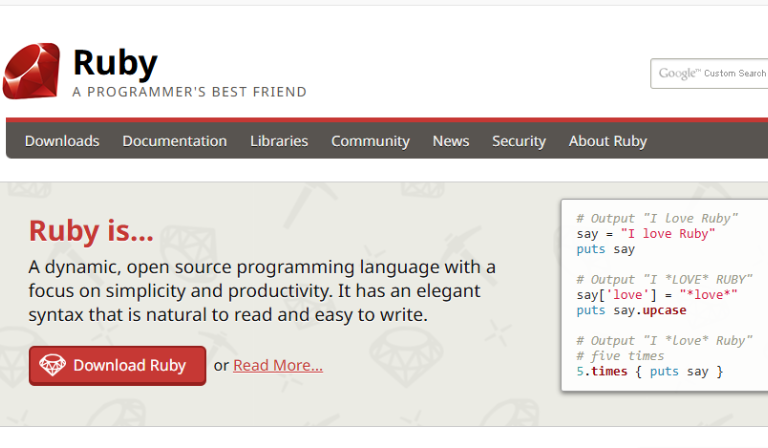
In 2025, Ruby remains a solid choice for startups and rapid MVP development, thanks to its speed in prototyping and rich ecosystem. While its popularity has declined compared to newer languages, Ruby still powers many successful platforms, especially in e-commerce, booking, and SaaS spaces.
- Use cases: Startup MVPs, SaaS platforms, admin dashboards, e-commerce apps
- Popular frameworks/libraries: Ruby on Rails, Sinatra, Hanami
Kotlin
Kotlin is a modern, statically typed programming language developed by JetBrains, designed to be fully interoperable with Java. While it’s best known for Android development, Kotlin is increasingly used in web backend development, especially with frameworks like Ktor and Spring Boot.
Kotlin’s concise syntax, null-safety features, and seamless integration with existing Java ecosystems make it a growing choice for companies transitioning from legacy Java systems. It’s particularly appealing for teams looking to modernize their backend stack without a full rewrite.
- Use cases: Web backends, hybrid Android-web platforms, modernizing Java stacks
- Popular frameworks/libraries: Ktor, Spring Boot (Kotlin), Exposed
Swift
Swift, a programming language developed by Apple, is used for developing apps for iOS, macOS, watchOS, and tvOS. Designed with a focus on safety and performance, it features an intuitive and easy-to-use syntax, making it a favorite among mobile developers.
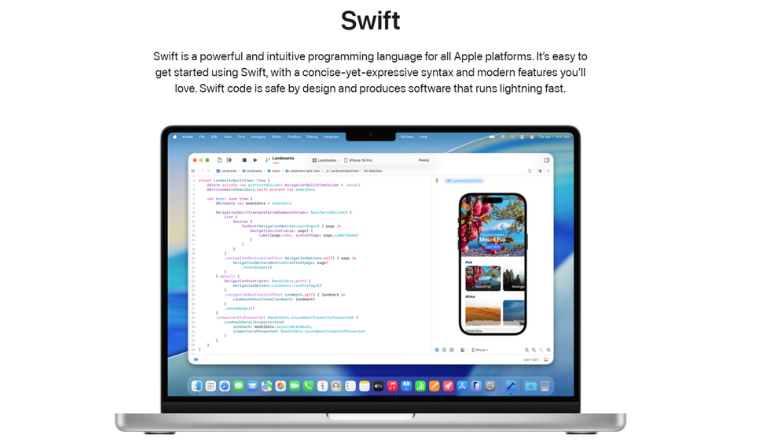
While Swift is primarily used for native mobile development, in 2025, it’s also being explored for web applications via WebAssembly and server-side frameworks like Vapor, expanding its potential beyond the Apple ecosystem.
- Use cases: iOS/macOS apps, progressive web apps (via Wasm), server-side Swift
- Popular frameworks/libraries: Vapor, SwiftUI, Kitura
Rust
Rust, a systems programming language developed by Mozilla, emphasizes safety and performance. It employs a unique ownership model to guarantee memory safety and prevent concurrency issues at compile time, without relying on a garbage collector.
In 2025, Rust is increasingly being used in web development through frameworks like Actix and Rocket, and via Wasm for running safe, fast code in the browser. It’s a strong choice for building high-performance, security-critical web applications.
- Use cases: System-level backends, WebAssembly apps, performance-critical web services
- Popular frameworks/libraries: Actix Web, Rocket, Yew
Elixir
Elixir is a functional, concurrent programming language built on the Erlang VM (BEAM), designed for building scalable and fault-tolerant web applications. It excels at handling high levels of concurrency, making it ideal for real-time features such as chat, notifications, and live updates.
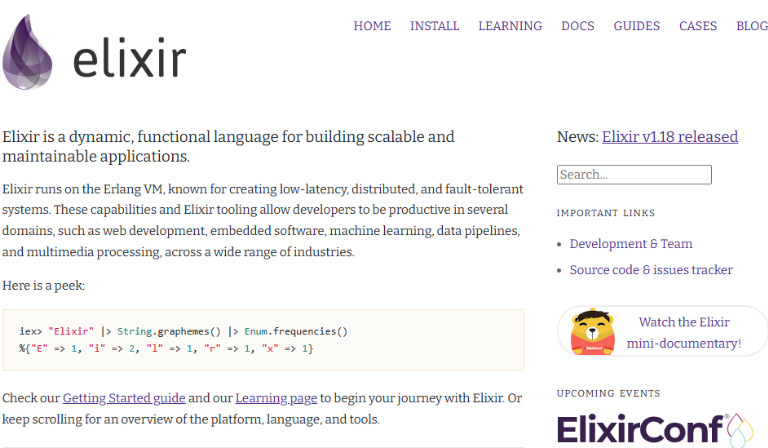
In 2025, Elixir continues to gain traction among developers creating event-driven systems and high-availability platforms. Its flagship framework, Phoenix, is known for exceptional performance and developer productivity, especially with features like LiveView for reactive user interfaces.
- Use cases: Real-time web apps, messaging platforms, high-concurrency systems
- Popular frameworks/libraries: Phoenix, LiveView, Nerves (for IoT)
SQL/GraphQL
SQL (Structured Query Language) is the standard language for managing and querying data in relational databases like MySQL, PostgreSQL, and SQL Server. It’s essential for backend systems that rely on structured, table-based data, offering precise and powerful control over how data is stored and retrieved.
GraphQL, on the other hand, is a newer API query language developed by Facebook that allows clients to request exactly the data they need—nothing more, nothing less. It’s particularly well-suited for modern frontend applications where performance and flexibility are key.
In 2025, both SQL and GraphQL remain core tools in web development. SQL is ideal for traditional relational data handling, while GraphQL powers fast, efficient data exchange in single-page apps and mobile-first interfaces.
- Use cases: Database management, data-driven APIs, frontend-backend communication
- Popular frameworks/libraries: PostgreSQL, MySQL, Apollo Server, Prisma
How to Choose the Right Language for Your Web App (+ Tips for Singapore Developers)
Choosing the right web application language is a critical step that can affect everything from development speed and scalability to maintenance cost and hiring availability. There’s no one-size-fits-all answer—it depends on your project’s requirements, goals, and resources.
Key Factors to Choose a Web Application Language
Here are some key factors to consider when choosing web app development languages:
- Project requirements: Match the language to your app type: real-time (Elixir, Node.js), CMS (PHP), or enterprise (Java, C#).
- Team expertise & hiring pool: Choose languages your team already knows or those with strong local talent—like JavaScript, Python, or Java in Singapore.
- Performance & scalability: For high-traffic systems or real-time processing, use fast, concurrent languages like Go, Rust, or Java.
- Development speed: Need to launch fast? Python, Ruby, and Dart help build MVPs quickly thanks to their simplicity and tooling.
- Ecosystem & community support: Select languages with mature frameworks and active communities for faster development and long-term support.
- Integration with existing systems: For legacy upgrades, use Kotlin (for Java systems) or TypeScript (for JS projects) to reduce transition time.
Tips for Singapore Developers & Businesses
- Government and enterprise clients often favor Java, .NET (C#), or Python for compliance and stability.
- Startups and SaaS companies tend to use JavaScript (full stack), TypeScript, or Python for speed and flexibility.
- Consider developer availability and local outsourcing partners—languages with a large ecosystem in Southeast Asia will make scaling easier.
Trends: What’s Next for Web Application Languages (2025-2030)?
As technology evolves, so do the languages and tools that power the web. Here are the key trends to watch:
- Rise of TypeScript as the default JavaScript: TypeScript adoption continues to accelerate, becoming the standard for enterprise-scale frontend and backend development due to its safety and scalability.
- WebAssembly expanding language options: Languages like Rust, Swift, and even C++ can now run in the browser through WebAssembly, opening the door for new performance-driven web applications.
- Full-stack development with a single language: The popularity of frameworks like Next.js (TypeScript) and Node.js enables developers to use one language across frontend and backend—streamlining development.
- AI-assisted development tools: Tools like GitHub Copilot, Amazon CodeWhisperer, and AI pair programming agents are making multi-language development faster and more accessible.
- Functional programming and concurrency: Functional languages like Elixir and Rust are gaining traction for real-time and high-concurrency applications due to their reliability and fault tolerance.
Why Choose Kaopiz for Web Application Development?
At Kaopiz, we combine technical expertise, industry experience, and agile processes to help businesses build high-quality, scalable web applications tailored to their goals.
With a team of 500+ engineers and specialists, we’ve delivered 500+ successful projects across industries like finance, healthcare, education, manufacturing, and retail. Whether you’re building a lightweight MVP or a complex enterprise platform, our full-stack teams can support every layer of your web app—from UI design to backend development and cloud infrastructure.
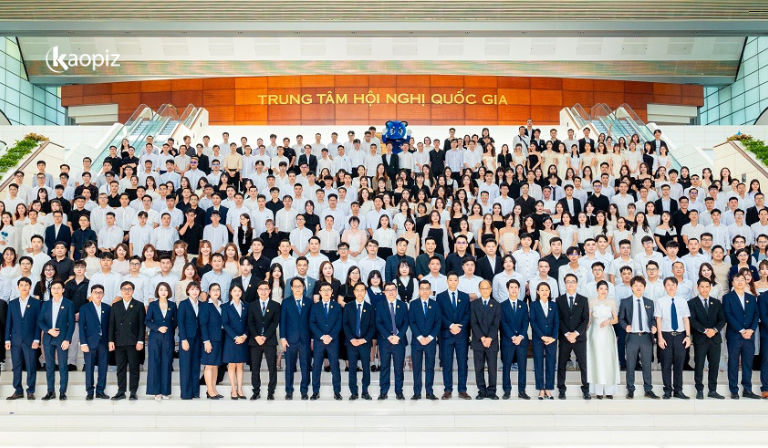
Here’s why companies choose Kaopiz for web app development:
- Full-stack expertise: From JavaScript and Python to Go, Java, and emerging tech like Rust and Elixir, we cover a wide range of web application languages and frameworks.
- Flexible engagement models: We offer both fixed-scope projects and staff augmentation—ideal for startups, SMEs, and large enterprises alike.
- Proven experience across industries: We’ve developed everything from internal management tools to e-commerce platforms, learning systems, and AI-integrated applications.
- Global mindset with regional insights: With strong roots in Vietnam and growing presence in Singapore and Japan, we understand the needs of businesses across APAC and beyond.
- End-to-end development and support: Beyond web application coding languages, we support UX/UI design, QA testing, cloud deployment (AWS, Azure, GCP), maintenance, and scaling.
Whether you’re modernizing legacy systems or launching a brand-new digital product, Kaopiz is your trusted partner for fast, secure, and future-ready web application development.
Conclusion
In this guide, we explored the top 15 web application languages in 2025, their strengths, and how to choose the best one based on your project goals. Whether you’re developing a real-time chat app, a secure enterprise platform, or a mobile-friendly PWA, the language you choose will impact everything from performance and scalability to development speed and long-term maintainability.
As technologies like TypeScript, WebAssembly, and AI-assisted coding evolve, staying up to date is essential for keeping your applications competitive.
FAQs
- Are Frontend and Backend Web App Languages the Same?
- No, they serve different purposes. Frontend languages like HTML, CSS, and JavaScript handle what users see, while backend languages like Python, Java, and PHP manage data, business logic, and server operations.
- Can I Use One Language for the Entire Web Application?
- Yes, languages like JavaScript (with Node.js) and TypeScript can be used for both frontend and backend, enabling full-stack development with a unified codebase.
- Which Languages Are Best for Building Secure Web Applications?
- Languages with strong typing and mature ecosystems—such as Java, C#, Go, and TypeScript—are ideal for secure development. However, security also depends on how the code is written and maintained.
2 Replies to “Top 15 Web Application Languages to Use in 2025 (+ Tips for Singapore Developers)”
Leave a Comment
Trending Post
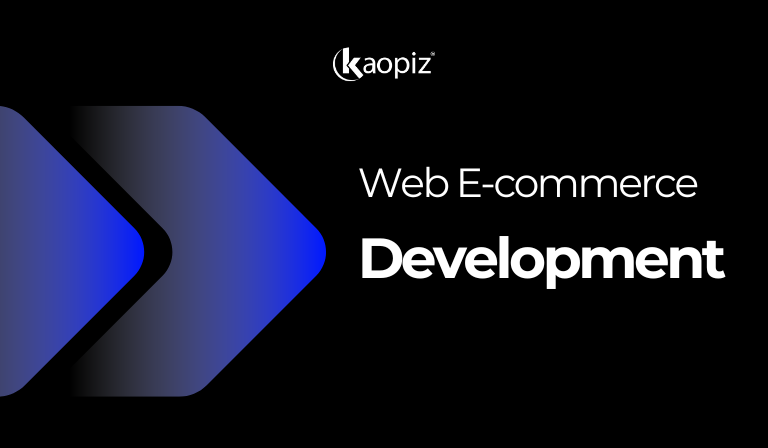


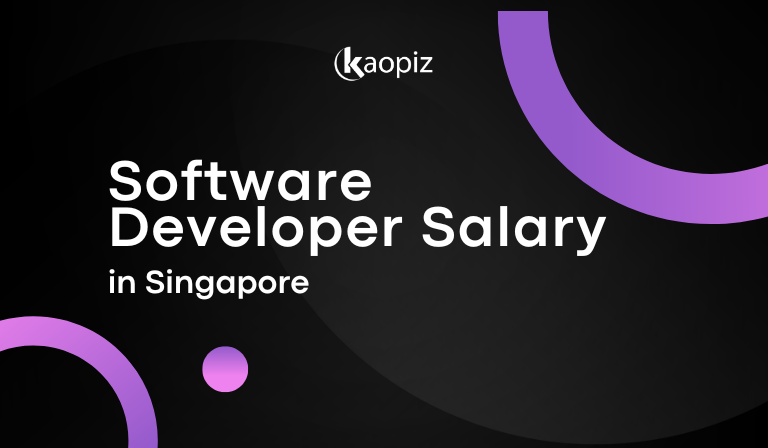

















Pingback:How to Make Games Without Programming: 10 No-Code Tools
Pingback:Future of Rust Programming Language in Singapore (2025 Guide)